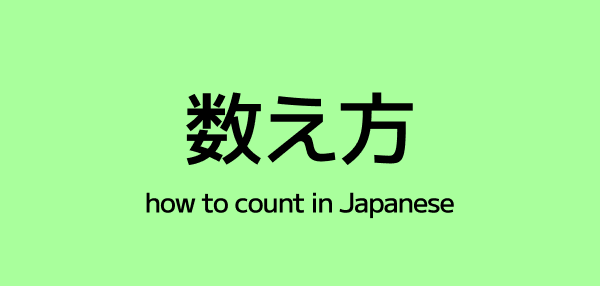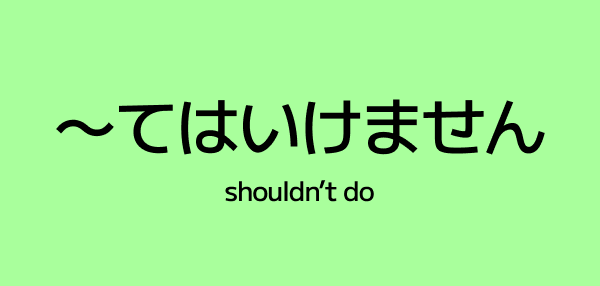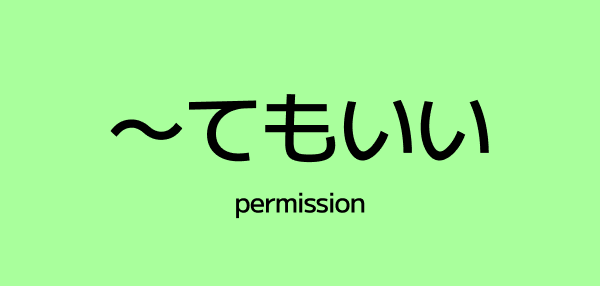The も (Mo) Particle

The particle「も」is one of the most beginner-friendly and flexible particles in Japanese. At first glance, it seems simple—it usually means “also” or “too.” But as you dig deeper, you’ll find that「も」plays a key role in emphasizing repetition, inclusivity, comparisons, and even negation.
This guide breaks down the core meanings of「も」, how to use it with nouns, verbs, and questions, and the most common mistakes learners make.
1. What Does「も」Mean?
The particle「も」usually translates to:
- “also” / “too”
- “as well”
- It replaces particles like「は」,「が」, or「を」when used.
Examples:
わたしもいきます。🙋♀️ Watashi mo ikimasu. (I will go too.)
ぼくも!👶 Boku mo! (Me too!)
Here,「も」replaces「は」to show inclusion — “me too.”
2.「も」with Nouns — Adding to a List
Use「も」when listing multiple things or people that share the same condition.
Example 1:
アリスさんは日本に行きました。ジョンさんも日本に行きました。 Arisu-san wa Nihon ni ikimashita. Jon-san mo Nihon ni ikimashita. (Alice went to Japan. John went to Japan too.)
Example 2:
ビール も ワイン も のみません。 Bīru mo wain mo nomimasen. (I don’t drink beer or wine.)
When used like this with both options negative, it implies “neither… nor…”
✅ Note: Repeating 「も」 in a list emphasizes that all listed items share the same condition.
3.「も」with Verbs — Emphasizing Quantity or Extent
「も」can emphasize a large amount or surprise at how much of something exists or happens.
Example:
10じかんもべんきょうしました。 Jū-jikan mo benkyō shimashita. (I studied as much as 10 hours.)
Here,「も」adds emphasis—“even 10 hours!”
4.「も」in Negative Sentences — "Not Even"
Used with negative verbs, 「も」 expresses a total negation: not even one, none at all.
Example:
なにもたべませんでした。 Nani mo tabemasen deshita. (I didn’t eat anything.)
✅ This pattern often uses:
- なにも(nothing)
- だれも(no one)
- どこも(nowhere)
These combine with negative verb forms and use「も」to emphasize total absence.
5.「も」in Questions — Emphasizing Openness
In open-ended questions,「も」emphasizes inclusion depending on verb polarity.
Positive Verb Example:
だれでもはいれます。 Dare demo hairemasu. (Anyone can enter.)
なんでもたべます。 Nandemo tabemasu. (I'll eat anything.)
Negative Verb Example:
だれもはいれません。 Dare mo hairemasen. (No one can enter.)
なにもたべません。 Nanimo tabemasen. (I won't eat anything.)
Notice how the verb polarity changes the meaning:
- Positive verb + も → anyone, anything, anywhere
- Negative verb + も → no one, nothing, nowhere
6. Common Mistakes with「も」
❌ Mistake 1: Using「も」with another particle without replacement Incorrect: わたしはもいきます。 Correct: わたしもいきます。 「も」 replaces 「は」 — don’t use both.
❌ Mistake 2: Misreading Negation with「も」 Incorrect:なにもたべました。 Correct:なにもたべませんでした。 「なにも + negative verb」 is required to mean “didn’t eat anything.”
7. Summary: When to Use「も」
- ✅ To say “me too,” “you too,” “this too,” etc.
- ✅ To express surprise at quantity (e.g., as many as 3!)
- ✅ In negative phrases like “not even one”
- ✅ With open questions to mean “anyone,” “anything,” or “no one,” “nothing”




